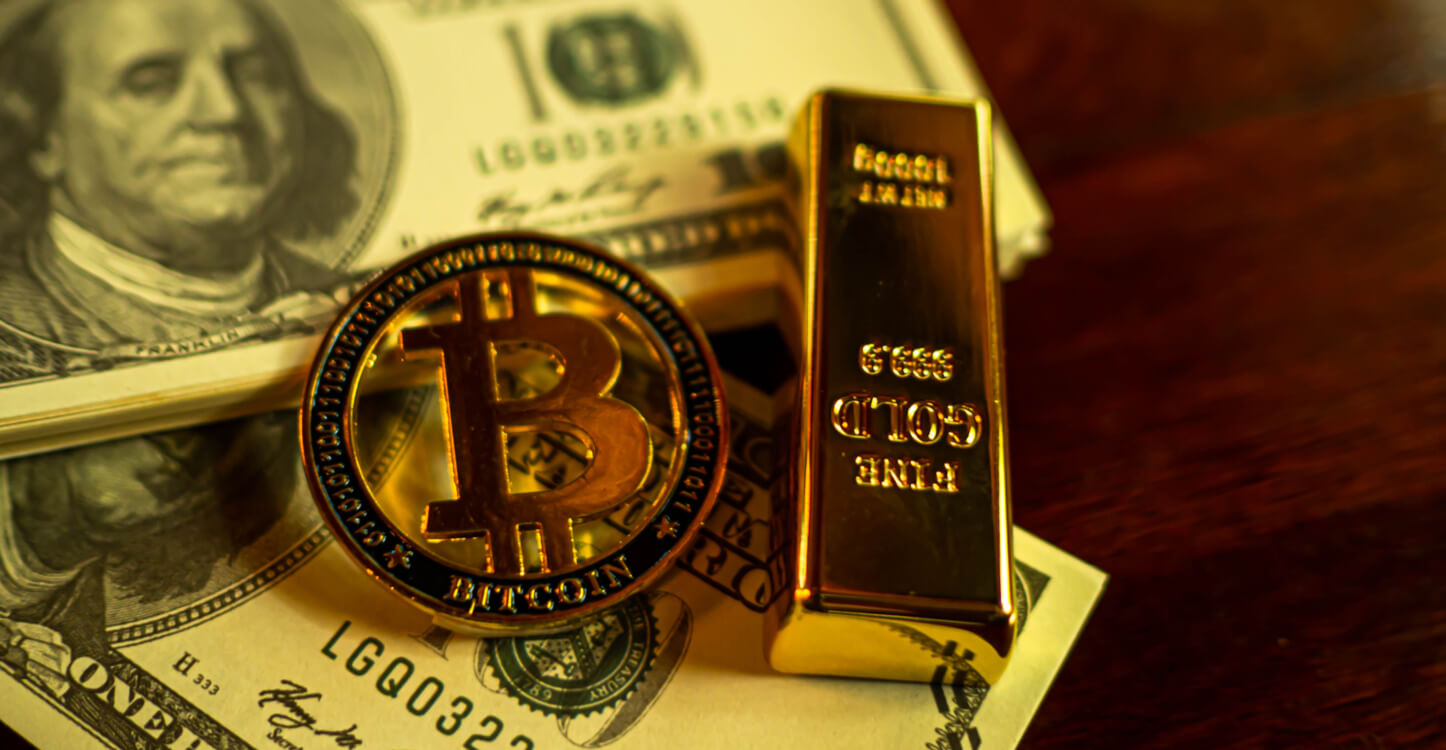
2023-7-20 15:48 |
The dollar continues to get hammered.
After dominating virtually every currency throughout the COVID pandemic, the DXY index, which measures the strength of the greenback against a basket of major currencies, hit a twenty-year high in Q4 of last year. Since then, however, it has shed 12.5% of its value.
The fall comes as inflation continues to cool, with the most recent CPI data putting year-over-year inflation at 3%. While core inflation remains a little stickier, the market is nonetheless betting that one of the fastest rate-hiking cycles in recent history is finally coming to a close.
Why did the dollar perform so well during the pandemic? The dollar strengthens in times of uncertainty because correlations go to one in a crisis, while there is a flight to safety as investors peel back on the risk curve. And there is no safer asset than the global reserve currency, so the dollar picks up steam in such turbulent periods. In the next chart, I have plotted the dollar’s performance between 1972 and 2022 with periods of recession highlighted, demonstrating its stout performance during such pullbacks.
While the last couple of years do not quantify as a recession, the turbulent climate which has arisen out of rampant inflation and spiking interest rates (not to mention a once-in-a generation global pandemic and all the bespoke economic fallout that entailed) has caused mass uncertainty. This in turn has increased the attractiveness of the dollar.
Additionally, the faster pace of interest rates in the US compared to many nations worldwide has encouraged capital to flow into the greenback. But with inflation cooling off and the market betting the rate hiking cycle is now nearing its conclusion, the climate has changed – and the dollar has pulled back as a result.
How are other assets affected by the dollar?This is all relatively straight-forward, but what does this mean for other assets?
Well, as mentioned above, the dollar is the global reserve currency, meaning it is also the lifeblood of the global financial system. In such a way, the effects are widespread. If we look at the classic example of gold, a falling dollar means it takes more dollars to purchase the same amount of gold (and vice-versa). So we tend to see gold rise when the dollar falls, even if it may be nothing to do with gold itself.
In the next chart, I have plotted the correlation between the dollar index and gold over the last year, which shows a strong negative relationship in the -0.8 to -0.9 range for much of the period (albeit with a recent weakening).
Let’s now look at Bitcoin, gold’s wannabe best friend. Below I have added Bitcoin’s relationship to the dollar index onto the previous chart. We see a similar pattern but it is more prone to bouts of volatility and periodic breaks in the relationship. With Bitcoin far more volatile as an asset than gold, and given the numerous crypto-specific scandals (Terra, Celsius, FTX etc) of the past year, this is unsurprising.
In general, while the relationship may not be as symbiotic as it is for gold, it is fair to say that there has been somewhat of a negative correlation between Bitcoin and the dollar over the past year. Additionally, the pattern has followed gold’s correlation.
Until this week, that is. On the tail end of the prior chart, gold and Bitcoin’s relationship with gold have moved in opposite directions. I have zoomed in on this timeframe below to show it in more detail:
Why is Bitcoin selling off amid dollar weakness?This takes us to an interesting finding: why is Bitcoin not being buoyed by this weaker dollar? Gold is up 2.4% in the last week, taking advantage of the dollar’s dip. On the other hand, Bitcoin has actually fallen slightly, which goes against trend.
In truth, I am not really sure why the buying activity has been subdued. Perhaps buyers did their part after the XRP ruling last week, and are hesitant to pile further in while the market finds its footing. But that is a shaky theory at best.
Even looking at miners in the next chart, we can see that they are offloading Bitcoin rather than buying, which they have been doing since the start of the month. It seems that for whatever reason, there are just not as many buyers out there in the last week compared to normal, and the sell pressure has not been soaked up by a softening dollar.
To be clear, this is far from alarming and a totally benign occurrence. My gut feeling is that this is simply a summer lag, which has tended to see the lowest trading activity in Bitcoin markets in the past, too.
Either way, it’s an interesting little tidbit. The relationship between gold, Bitcoin and dollar is always fascinating to track as it incorporates so much macro and so many intriguing variables, so it is worth keeping an eye on. If the trend continues to deviate, a deeper analysis may be warranted. But for now, it feels OK to assume this is just buyers taking a little summer break, and a minor abnormality.
The post Bitcoin lagging gold despite weakening dollar: A Bitcoin, gold, USD analysis appeared first on Invezz.
origin »Bitcoin (BTC) на Currencies.ru
|
|
















